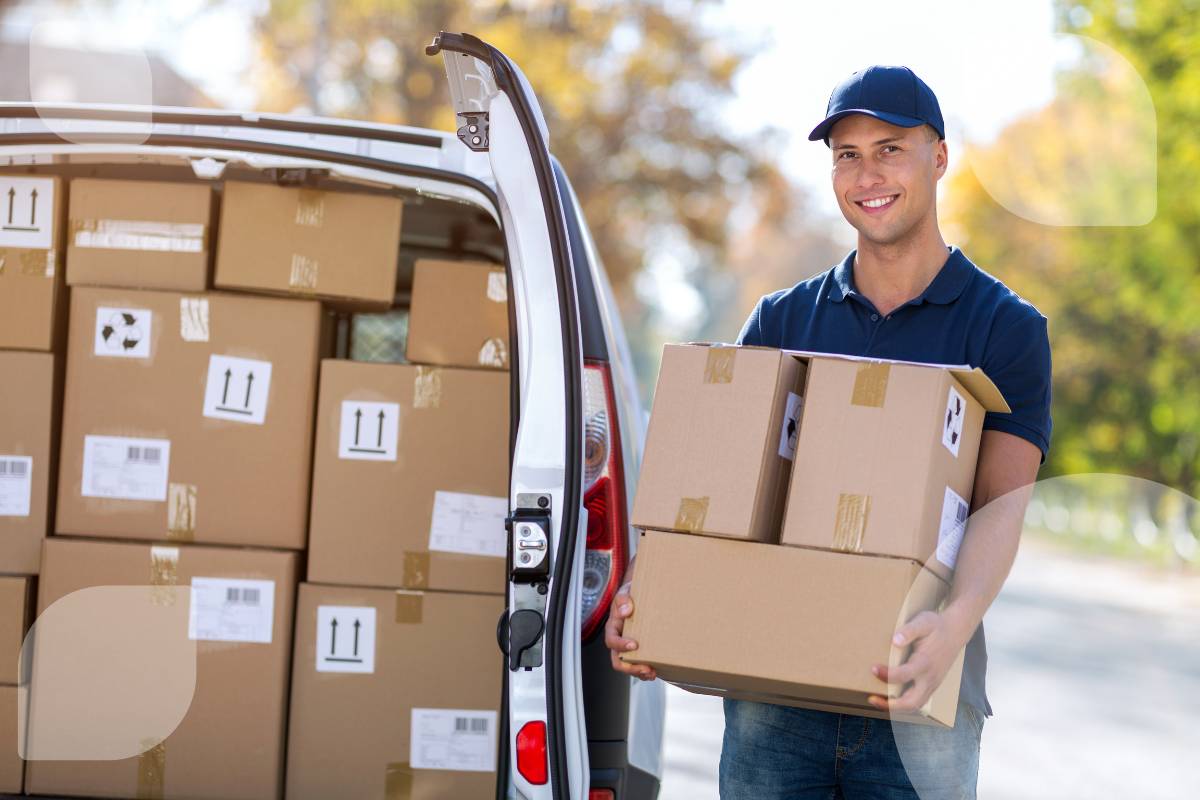Digitize delivery notes: Increasing efficiency through digital processes

For companies that want to optimize their supply chain and make their business processes more efficient, digitizing delivery notes is a decisive step. Many companies are still struggling with paperwork, which involves manual entry, piles of paper and often messy documentation. Digitizing delivery notes offers a clear solution here and enables significant increases in efficiency.
In this blog post, you'll learn how you can reduce time, costs and errors by digitizing delivery notes and why it's worth taking this step.
What is a digital delivery note?
A digital delivery note is the electronic form of traditional paper delivery note. Instead of being printed on paper and physically handed over, all relevant information is stored and processed in digital form.
Regardless of whether it is made of paper or digital, this information must include a delivery note:
- Supplier and recipient: Who delivers and who receives the goods?
- Delivery date: When was the delivery made?
- Description of goods: What was delivered?
- Quantity and unit: How much was delivered?
- Reference numbers: Which invoices or orders are affected?
Why digitize delivery notes at all?
The digitization of delivery notes is a decisive step towards optimising your entire supply chain and is of far-reaching importance for your competitiveness. Through digitization, you improve the Information flow within your supply chain significantly.
Digital documents enable seamless communication between suppliers, logisticians and customers. Information is immediately available, minimizing delays due to missing or incorrect documents. The digital process contributes to faster and more reliable processing of orders and helps to avoid bottlenecks and delays.

Another important aspect is the Improving customer relationships. By digitizing your delivery notes, you can track deliveries more efficiently and immediately inform customers about the status of their orders. This increases customer satisfaction, as customers receive precise and timely updates and can rely on rapid processing of their concerns.
In a highly competitive market The efficiency of your company can be a decisive advantage. Digital delivery notes reduce manual work and speed up processing. This means that you can respond faster to customer inquiries and process your deliveries on time and precisely.
Digitalization also allows you to integrate delivery notes into your existing business systems, such as ERP or warehouse management systems. This enables a automatic processing and a better overview of your business processes. The seamless integration results in greater efficiency and allows you to Focus on strategic tasks instead of spending time on administrative tasks.
Last but not least, digital delivery notes offer comprehensive Transparency and traceability. You can access current and historical data at any time, which helps you quickly identify and fix issues. This transparency not only supports better decision-making, but also greater control over your entire delivery processes.
Byebye paperwork: The benefits of digital delivery notes
The advantages of digital delivery notes compared to manual processing are clear and convincing. The following table shows the main differences:
This is how the digitization of delivery notes works
Digitalizing your delivery notes is a clear step into the future of your company. We'll show you step by step how you can implement the transformation:

Step 1: Collecting data
The first step to digitize delivery notes is to record the existing paper documents. To do this, you can use scanners or specialized software solutions that automatically extract information from scanned documents. Alternatively, you can enter delivery notes directly into a digital system.
Step 2: Store and manage
Once entered, the data is stored in a document management system (DMS). A database such as Ninox enables the central administration and organization of all documents. Here you can securely digitize delivery notes and make them available for future retrieval.
Step 3: Integration into business processes
Digital delivery notes should be integrated into existing business systems, such as ERP or warehouse management systems. In this way, you ensure that all relevant information is automatically further processed, which in turn increases efficiency and consistency in business processes. With Ninox, you have all systems mapped in one place.
Step 4: Automate Workflows
By automating workflows, processes such as approving and reconciling delivery notes with invoices can be automated. This reduces manual effort and speeds up the entire processing process.
Construction site example: No more flying delivery notes
Paper delivery notes are still widely used on construction sites — and are also particularly problematic. They can be lost or damaged, causing delays and problems. Digital delivery notes effectively solve these paperwork challenges and offer construction site operators numerous advantages.
Here are a few best practices to solve this issue:
Mobile accessibility
Make sure that your employees on the construction site can access digital delivery notes via mobile devices. This allows you to check and confirm documents directly on site without having to wait to return to the office.

Real time updates
Digital systems allow you to update delivery status and changes in real time. In this way, you ensure that all parties involved are always up to date and stay up to date.
Less paperwork
Reducing paper documents on the construction site makes for a cleaner and more organized work environment. This minimizes the risk of lost or damaged documents and makes documentation easier.
Conclusion: Never search for paper receipts again
The digitization of delivery notes is a strategic step that offers far-reaching benefits for your company. You reduce errors, save costs and increase the efficiency of your business processes. With digital delivery notes, paperwork is a thing of the past. Say goodbye to the flood of paper and embrace a future where you'll never have to search for receipts again.















